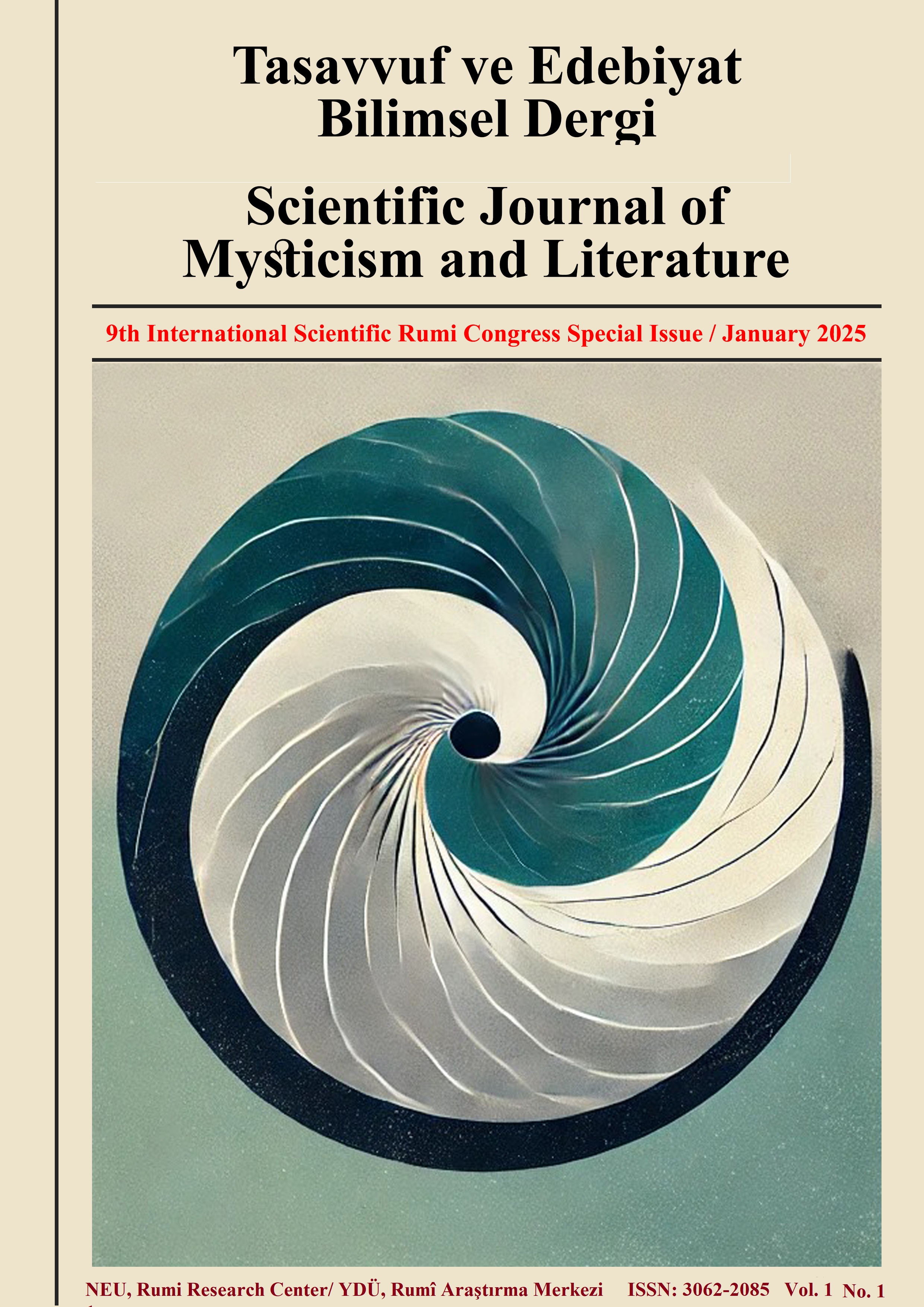A look at the translation of Rumi's “Masnavi-ye Ma’navi” in Uzbekistan
نگاهی به ترجمه های مثنوی معنوی مولوی در ازبکستان
DOI:
https://doi.org/10.32955/neujsml202511974Abstract
Abstract
The translation of the "Masnavi-ye Ma'navi"-Spiritual Verses, and "Divan-e Shams-e Tabrizi"-The Works of Shams Tabriz, faces many challenges. These challenges include linguistic and cultural differences, linguistic and literary complexities, and different interpretations of mystical and philosophical concepts. Translators should translate carefully and with deep knowledge of the source and target languages and familiarity with Rumi's historical and cultural contexts. One of the main problems is the precise transfer of Rumi's mystical and philosophical concepts to another language, which requires a deep understanding of the concepts and the ability to express them in an understandable way for new audiences. To provide a correct translation of the works of Mowlānā and Masnavi, one must have sufficient mastery of Persian literature. Mastering the Persian language and Rumi's poetry requires a combination of study, practice, and a deep understanding of Iranian culture and history. It is certain that for such ability, one should study classical texts, use educational resources in classical literature, If necessary, take advantage of classes and workshops, and finally, study the interpretations and descriptions of Rumi's works and practice translation can be helpful. This study attempts to study Masnavi using a research and library study method with a comparative perspective. Different research methods can translate Rumi's works, including content analysis, stylistic analysis, cultural comparative analysis, historical analysis, and comparative study of various translations. This study provides a research and comparative view of the challenges in translating Rumi's works, especially Masnavi Manavi.
Keywords: Rumi's Masnavi, Meaning, Comparative literature, Translation of Rumi's works


